Alopecia In Cats Symptoms
Loss of hair Excessive grooming Excess hair at home Redness of the skin Wounds Eruptions Ulcers Scabs. Symptoms of feline psychogenic alopecia.

A Clinical Approach To Alopecia In Cats Today S Veterinary Practice
Behavioral signs of alopecia are itching scratching chewing and licking as cats try to cope with the irritation.
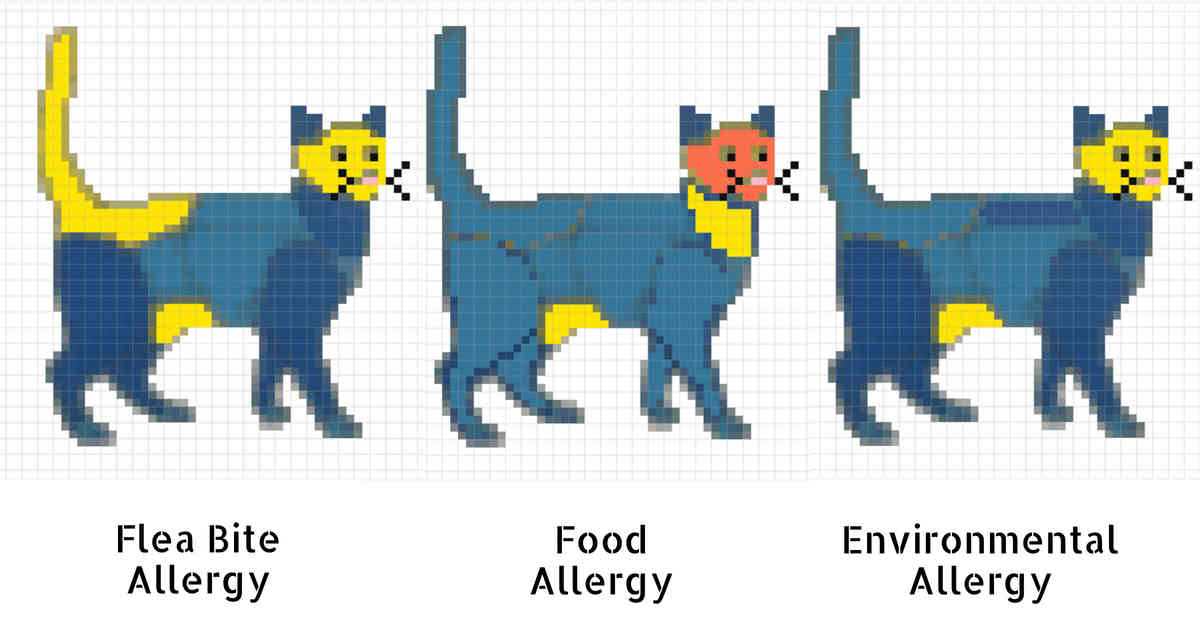
Alopecia in cats symptoms. Secondary skin changes such as redness or bumps are rarely evident. However cats can experience too much hair loss and develop bald spots or areas with thin fur. Cats may groom excessively when the owners are not present so the behavior itself is not always readily apparent.
Depending on the cause of the hair loss the skin affected by the alopecia will become irritated discolored either with red or gray-ish tones and inflamed. In addition the cat may be treated with steroids andor antihistamines for the itching. The cats are usually systemically ill they do not eat present with vomit diarrhea lethargy and weight loss.
Most often the condition will heal without medication in 2 to 3 weeks. Left untreated alopecia can cause more than just hair lossAccording to PetMD alopecia can affect a dog or cats skin its endocrine system its lymphatic system and its immune systems. This abnormal hair loss also called Alopecia can be caused by many different health issues including allergies fleas mites Ringworm pain and stress.
Results of biochemical blood analysis are. Aloepecia condition causes hair loss appearing in small round patches. Psychogenic alopecia in cats is the result of a compulsive hair pulling disorder.
These could be signs that your cat is suffering from some form of common skin disease or even dermatophilosis although this condition is rare in cats. The alopecia areata is a disease that is manifested through hair loss. All cats lose hair shedding but alopecia is defined as an excessive loss of hair.
PNS is fairly well recognized in feline medicine and is typically seen more frequently in older cats without any breed or gender predisposition so far. 126 Hair loss in cats or cat alopecia is a common problem for felines. Alopecia is often associated with clinical symptoms beyond hair loss.
Symptoms Signs Cats with psychogenic alopecia develop a thin hair coat or baldness in areas that are easily reached when grooming. These areas include the abdomen inside of the thighs and the lower back. Paraneoplastic alopecia This is rarely seen in cats affected by pancreatic carcinoma or less frequently bile duct adenocarcinoma 10 11.
The cat may even lose entire patches of hair and the hair loss will be more severe in the head neck and back area. This is treated by treating both the cat and the environment for fleas. Behavioral indications of alopecia are scratching itching licking and chewing because cats attempt to cope with the irritation.
However alopecia does not have to mean a lifetime of painful symptoms for your pet. Alopecia often is related to medical symptoms beyond hair loss. This hair loss leads to all the fur on your furniture and clothing but its normal.
Aside from the obvious loss of hair another sign of feline alopecia is the appearance of redness bumps scabs or skin loss surrounding the area of hair loss. The hair loss occurs only in places that can be reached by the cats tongue. Most of the symptoms associated with PNS are non-dermatological for example anorexia cachexia fever malaiselethargy polydipsia and polyuria and hypercalcimia.
Cat hair loss can be partial or complete and the patterns can varied or symmetrical. Hair loss Red skin Bumps or blisters Scabs Scaling Skin loss Itchiness and scratching Cysts or nodules Excessive grooming Whisker loss Easy bruising Ulcers or open sores Hyperpigmentation or darkened patches of skin Foul odor Lethargy Abnormal behavior Depression. Depending upon the hair loss cause the skin impacted by.
Typically the cat will not experience itchiness. The skin surrounding the area of hair loss can appear normal or it can have redness bumps scabs and skin loss. Also known as alopecia hair loss isnt a disease in itself but a symptom of an underlying condition.
Symptoms include intense itching itch causes your cat to over groom or chew the fur redness scaly patches and hair loss. This type of alopecia generally occurs on the inner forelimbs the rear area of the abdomen the groin region the tail andor the lower back area and it may or may not be symmetric.

Hair Loss In Cats Causes Treatment Purina

I M Pullin My Hair Out Feline Alopecia

Is Your Cat Losing Hair What It Could Mean Litter Robot Blog
Cat Hair Loss Treatments Symptoms Cats Energies

Is Your Cat Losing Hair What It Could Mean Litter Robot Blog

Overgrooming Over Licking Hair Loss In Cats Walkerville Vet

Psychogenic Alopecia In Humans Psychologically Induced Hair Loss

Hair Loss In Cats Causes Treatment Canna Pet
A Clinical Approach To Alopecia In Cats Today S Veterinary Practice

13 Causes Of Feline Hair Loss Lovetoknow
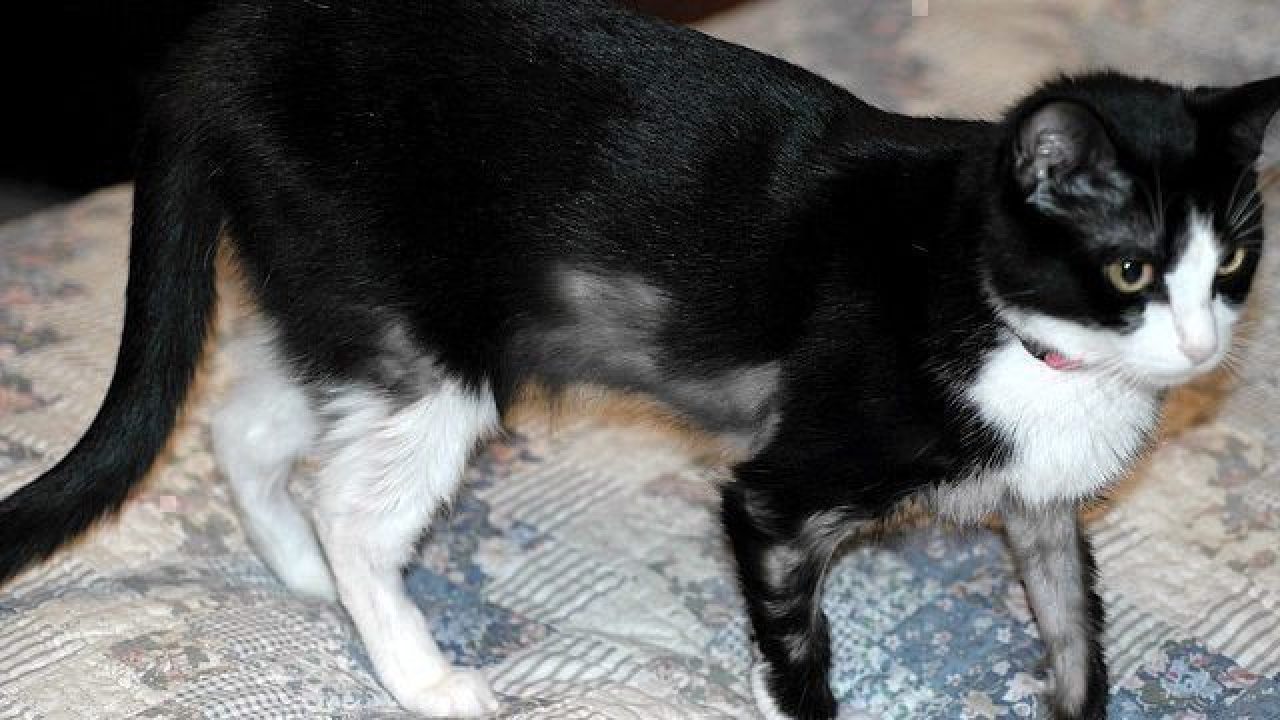
Common Coat Conditions In Cats Healthy Paws

Psychogenic Alopecia In Cats Clinician S Brief

Feline Endocrine Alopecia Lovetoknow
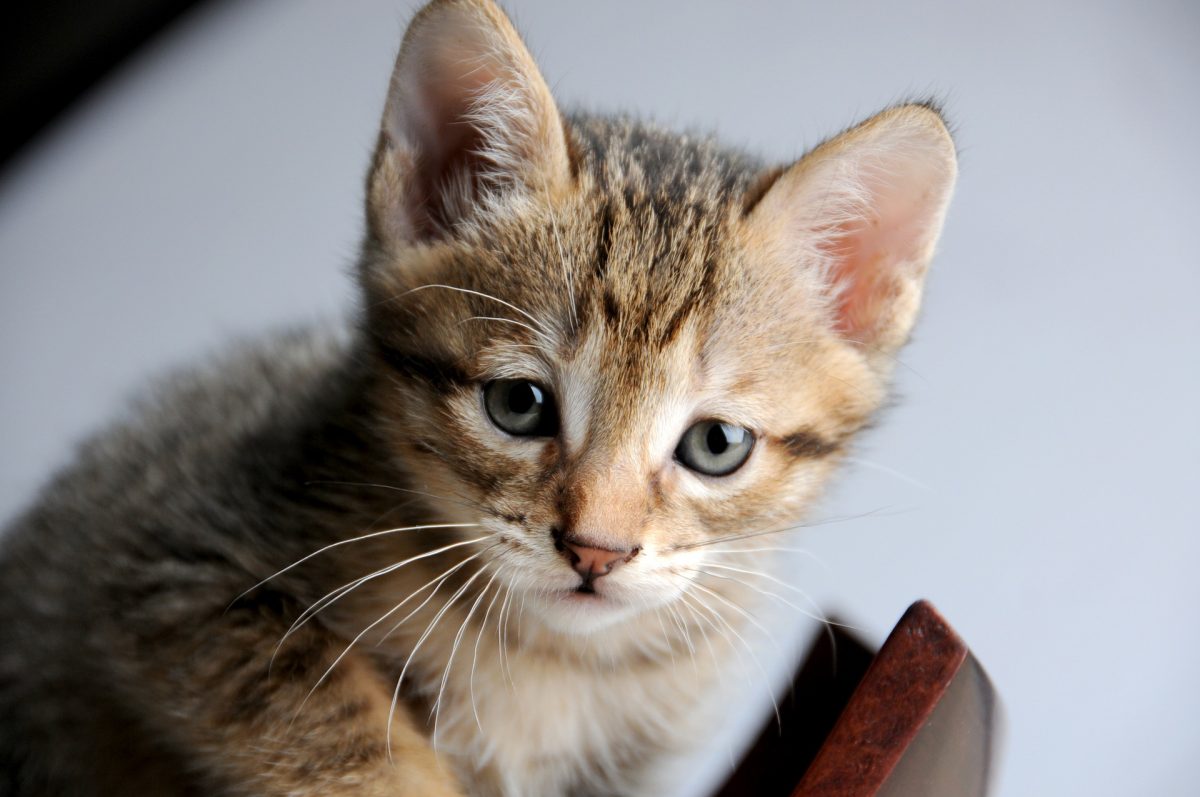
Hair Loss In Cats Causes Treatment Canna Pet
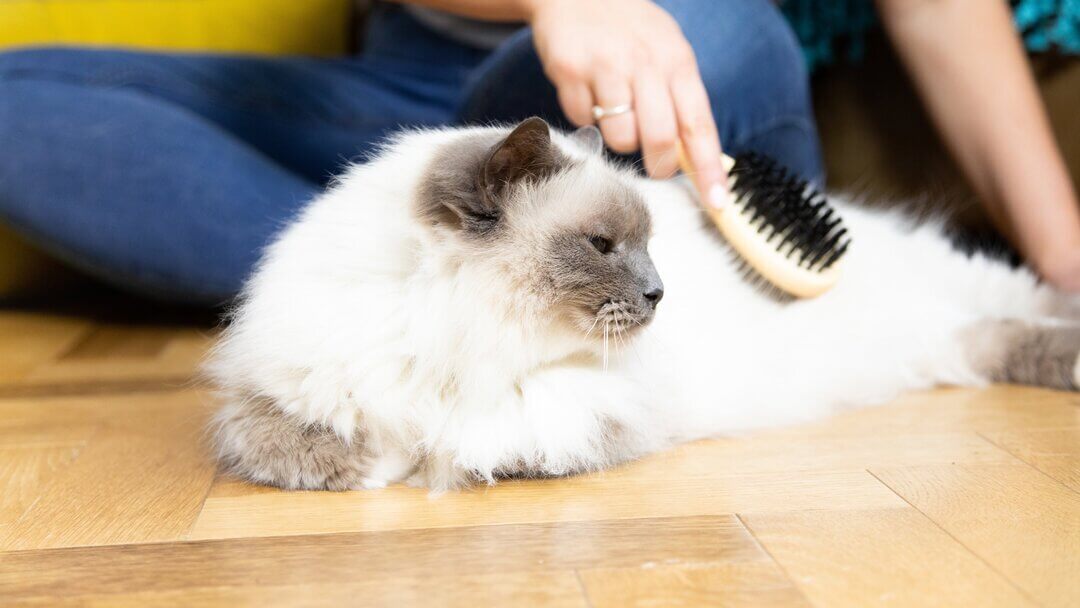
Hair Loss In Cats Causes Treatment Purina


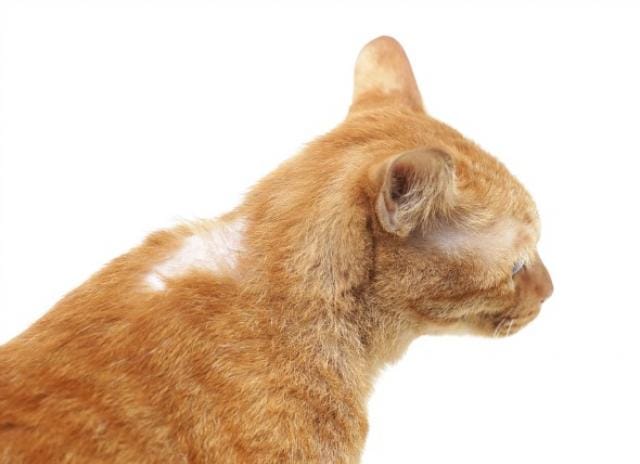
Post a Comment for "Alopecia In Cats Symptoms"